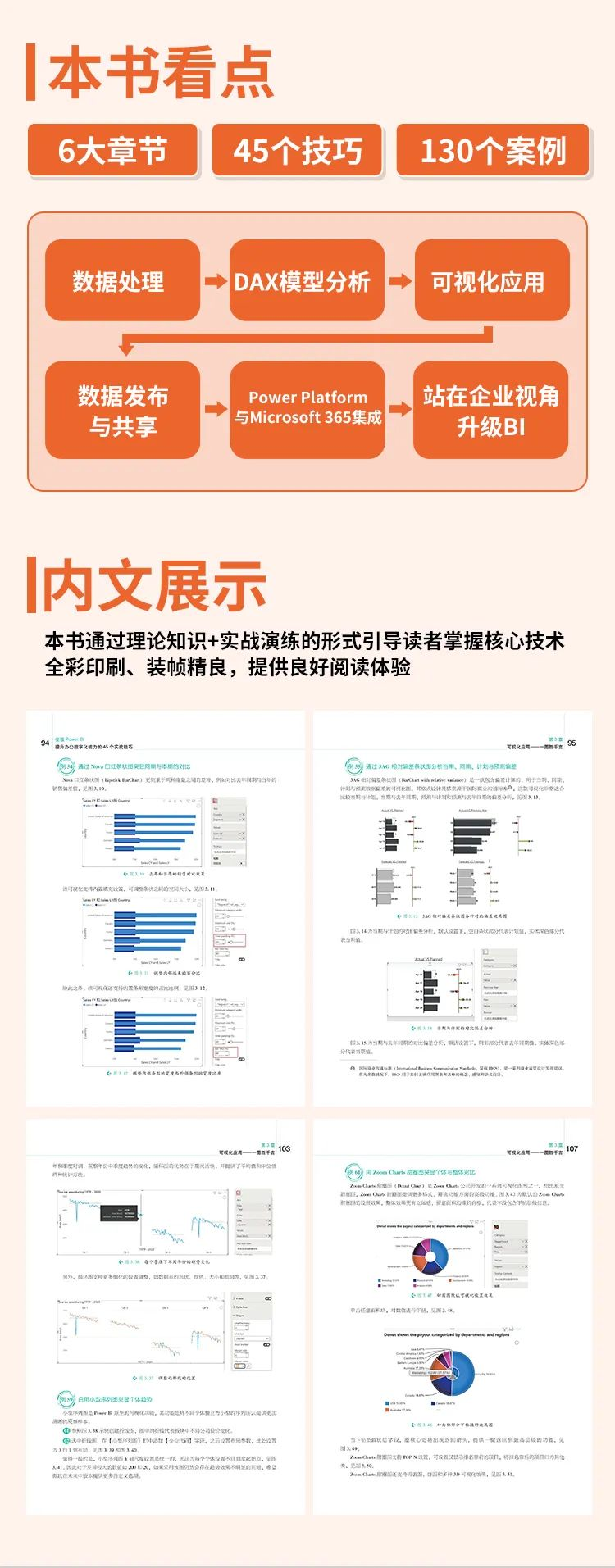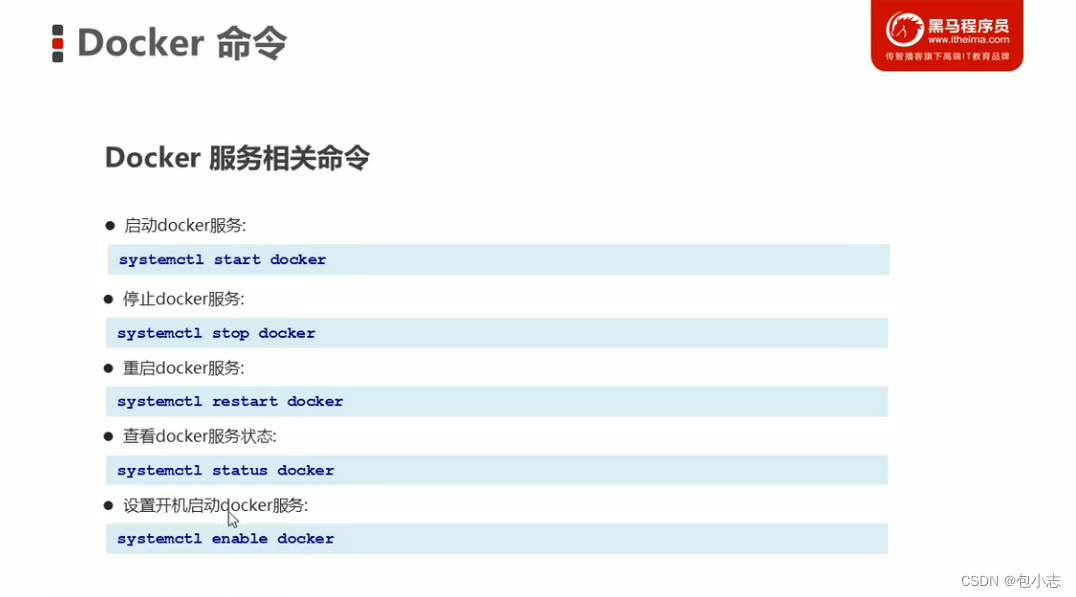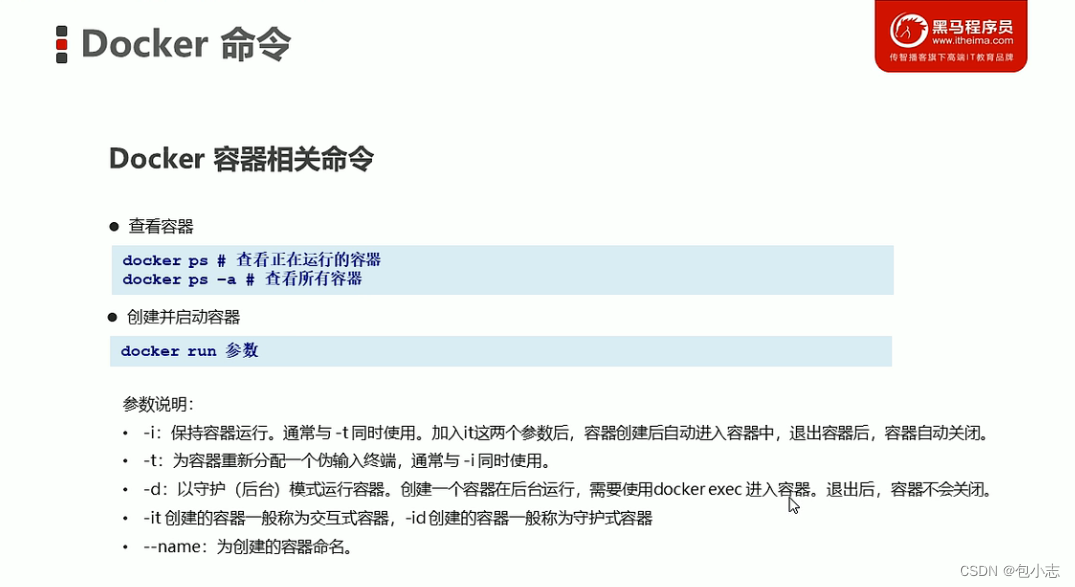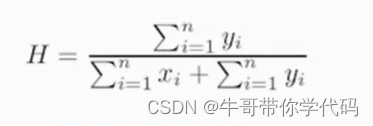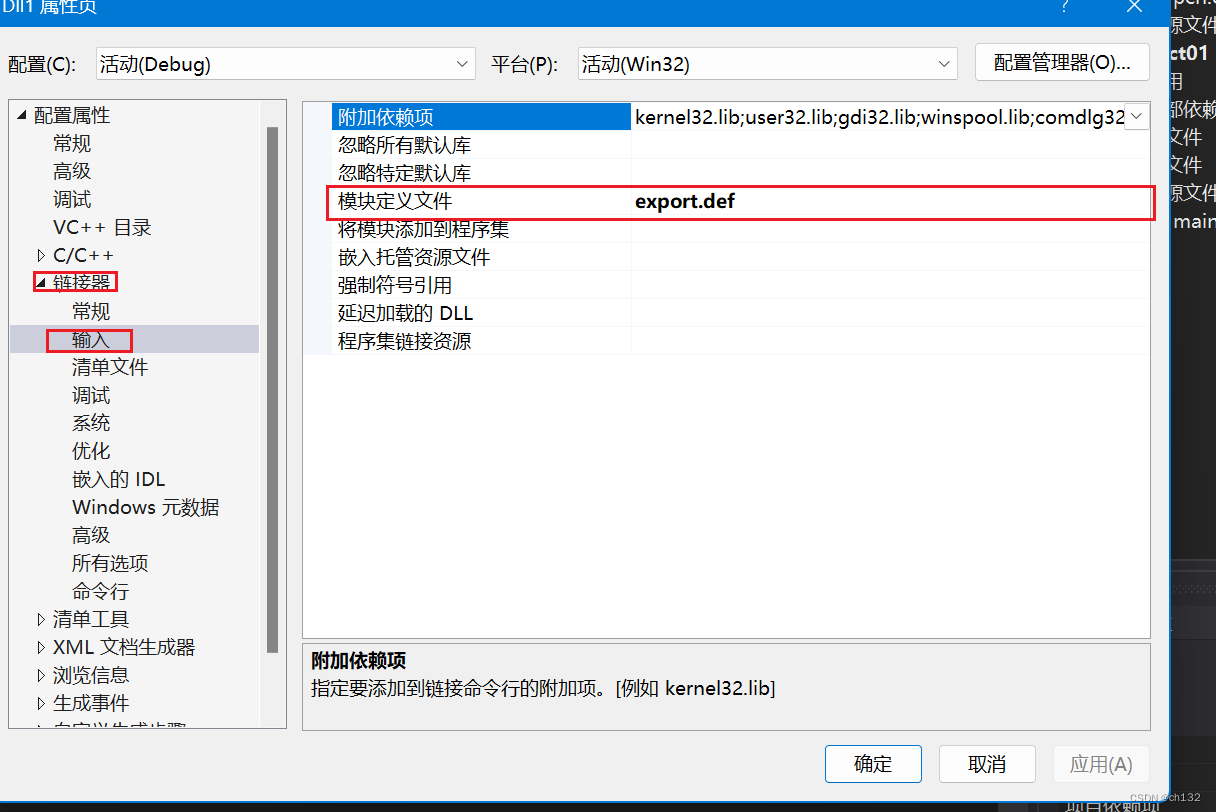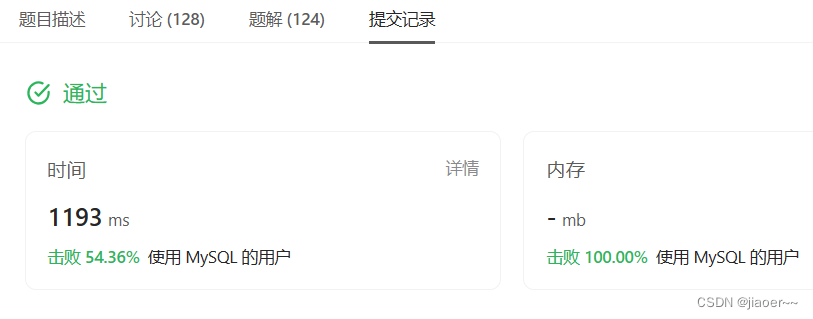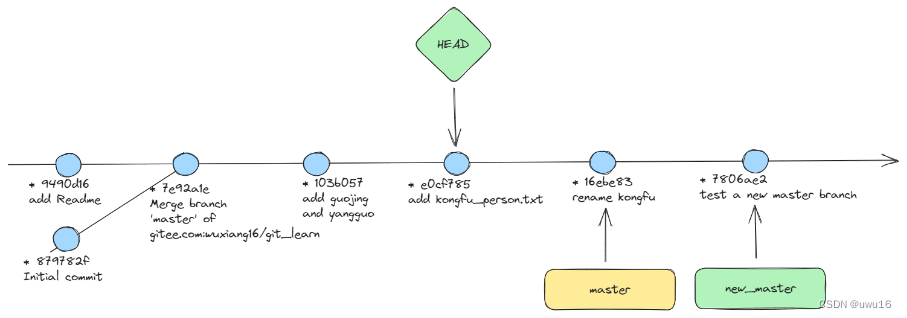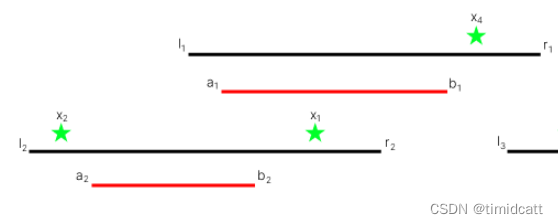hive 常用日期处理函数
在工作中,日期函数是提取数据计算数据必须要用到的环节。哪怕是提取某个时间段下的明细数据也得用到日期函数。今天和大家分享一下常用的日期函数。为什么说常用呢?其实这些函数在数据运营同学手上是几乎每天都在使用的。
技术交流
技术要学会分享、交流,不建议闭门造车。一个人可以走的很快、一堆人可以走的更远。
相关文件及代码都已上传,均可加交流群获取,群友已超过2000人,添加时最好的备注方式为:来源+兴趣方向,方便找到志同道合的朋友。
方式①、添加微信号:dkl88194,备注:来自CSDN + 加群
方式②、微信搜索公众号:Python学习与数据挖掘,后台回复:加群

| 序号 | hive日期函数 | 函数用法 | 含参方式 | 备注 |
| 1 | to_date | 转化成日期 | to_date('string time') | to_date('2023-5-20 05:20:00') 输出:2023-5-20 |
| 2 | from_unixtime | 转化unix时间戳到当前时区的时间格式 | from_unixtime(bigint unixtime,[string format]) | select from_unixtime(1684559640,'yyyyMMdd'); 输出:20230520 |
| 3 | unix_timestamp | 日期转化为unix时间戳 | unix_timestamp(string format) | select unix_timestamp(); 输出:1684559640 select unix_timestamp('2023-05-20 13:14:00'); 输出:1684559640 |
| 4 | date2datekey | date格式转化成datekey | date2datekey(string date/time) | date2datekey('2023-05-20') 输出:20230520 |
| 5 | datekey2date | datekey格式转化为date | datekey2date(string datekey) | datekey2date('20230520') 输出:2023-05-20 |
| 6 | datediff | 返回开始日期减去结束日期的天数 | datediff(string enddate ,string begindate) | select datediff('2023-05-20','2023-05-18'); 输出:2 |
| 7 | date_sub | 返回日期前n天的日期 | date_sub(string startdate,int days ) | date_sub('2023-05-20',2 ) 输出:2023-05-18 |
| 8 | date_add | 返回日期后n天的日期 | date_add(string startdate,int days ) | date_add('2023-05-20',2 ) 输出:2023-05-22 |
| 9 | year | 返回日期中的年 | year(string date) | year('2023-05-20 11:32:12'); 输出:2023 |
| 10 | month | 返回日期中的月份 | month(string date) | month('2023-05-20 11:32:12'); 输出:05 |
| 11 | day | 返回日期中的天 | day(string date) | day('2023-05-20 11:32:12'); 输出:20 |
| 12 | hour | 返回日期中的小时 | hour(string date) | hour('2023-05-20 11:32:12'); 输出:11 |
| 13 | minute | 返回日期中的分钟 | minute(string date) | minute('2023-05-20 11:32:12'); 输出:32 |
| 14 | second | 返回日期中的秒 | second(string date) | second('2023-05-20 11:32:12'); 输出:12 |
| 15 | weekofyear | 返回日期在当前周数 | weekofyear(string date) | weekofyear('2023-05-20 11:32:12'); 输出:20 |
| 16 | unix_timestamp | 格式是timestamp,精确到秒 | unix_timestamp(ymdhms2) - unix_timestamp(ymdhms1) | -- 计算2个时间相差的秒数 (unix_timestamp(time1)-unix_timestamp(time2)) -- 同理,若是计算相差的分钟,就在以上基础再除以60,小时,天数也是同理 (unix_timestamp(time1)-unix_timestamp(time2))/60 -- 根据上述的函数计算后,发现有小数点,可用cast优化为以下 cast((unix_timestamp(time1)-unix_timestamp(time2))/60 as int) -- 相差的秒数。 CAST((unix_timestamp() - unix_timestamp(ymdhms)) % 60 AS int) -- 相差的分钟数。 CAST((unix_timestamp() - unix_timestamp(ymdhms)) / 60 AS int) % 60 -- 相差的小时数。 CAST((unix_timestamp() - unix_timestamp(ymdhms)) / (60 * 60) AS int) % 24 -- 相差的天数。 concat(CAST((unix_timestamp() - unix_timestamp(ymdhms)) / (60 * 60 * 24) AS int) |

